Hey, enthusiasts in this Post we will discuss various types of diodes with their symbol, working and applications, so let’s get started one by one…
Definition of Diode
“A diode is a two-terminal polarized electronic component which mainly conducts current in one direction and blocks in other direction. Its resistance in one direction is low (ideally zero) and high (ideally infinite) resistance in the other direction.” There are two terminals of a diode. one is called cathode while the other one is called the anode. Diodes are active components
Various types of diodes have variety of applications in electronic circuits. Mostly they are used for rectifying and shaping waveforms also there are many other functions that a diode performs.
Types of Diodes:
There are various types of diodes made for specific application and purpose. All these diodes have different breakdown voltages that change their electrical property.
The main types of diodes are the following.
“Including p-n diode, Schottky diode, Shockley diode, Constant-current diode, Zener diode, Light-emitting diode, Photodiode, Tunnel diode, Varactor, Laser diode, PIN diode, Gunn diode, and so on.”
1.) P-N Junction Diode
This is the basic diode formed with the interaction of p-type and n-type materials. It deals with the concept of biasing. This biasing make it classify into various operating modes.
This diode conducts only during forwarding bias. In reverse bias, there is no evident flow of the current. It indicates that the current gets blocked during reverse bias.
Pn junction diode
2.) Zener Diode:
A Zener diode is a special-purpose diode that provides a stable reference voltage. Unlike a simple diode, the Zener diode works under reverse bias conditions. Once the applied reverse voltage to the Zener diode reaches its reverse breakdown voltage, Zener diode undergoes breakdown. after the breakdown voltage if the voltage is increased the voltage across the diode remains constant. Zener diodes are available with different breakdown voltages (ranging from 2 volts to 200 volts) so that any voltage can be regulated easily with a Zener diode.
Symbol of Zener diode:
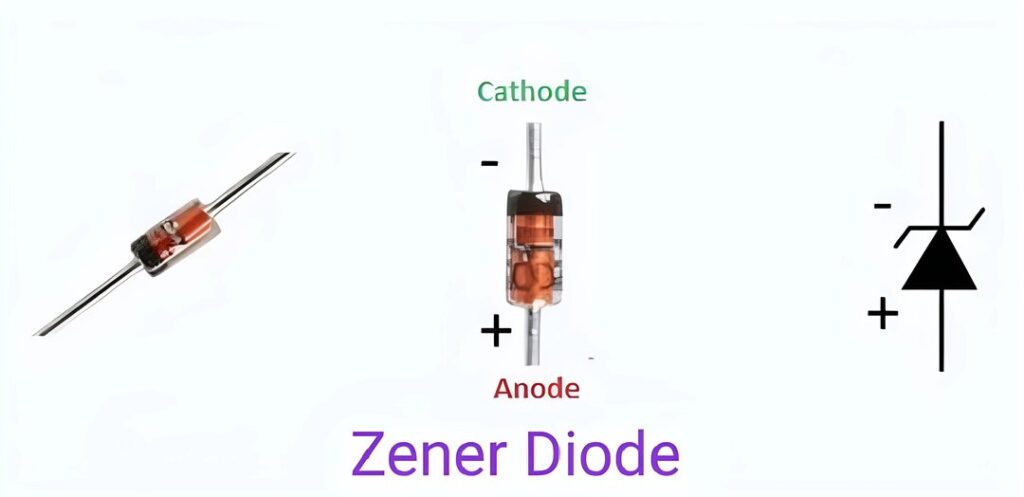
The symbol and picture of the Zener diode is as shown
3.) Constant Current Diode:
It is an electronic device that limits current to its maximal specified value. It is also known as the current-limiting diode (CLD) or current-regulating diode (CRD).
These diodes consist of an n-channel JFET. The gate is shorted to the source, which functions like a two-terminal current limiter or current source. They allow a current through them to rise to a certain value and then stop to increase further.
CCD Diode Symbol:
4.) Schottky Diode:
Schottky diode is a special Diode made for radiofrequency application. It has a low forward voltage drop usually 0.15-0.45V. Schottky diodes are used where there is a need for limiting losses and high frequency e.g. in RF applications where there is a need for low forward voltage drop and frequency is also very high. These diodes are also used for rectification purposes. Schottky diode is also used in the diode detector circuit.
Diode Symbol:
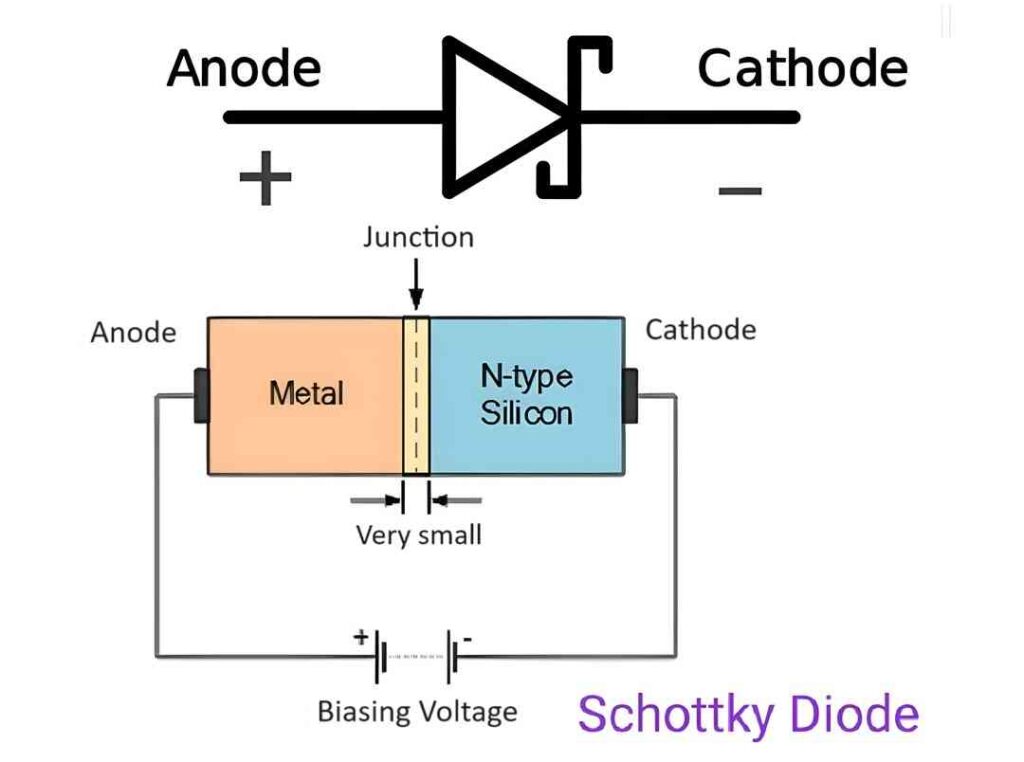
5.) Light Emitting Diode (LED):
The Light Emitting Diode is one of the most important and widely used diodes in our day-to-day life. When the diode is forward biased it emits light. the energy of light emitted by the LED is equal to the bandgap between the valence band and conduction band of the semiconductor material. As the diode emits light it is named as light-emitting diode LED. This is one of the most widely used diodes. LED for available in three different colors that is Red, Blue, and Green, using these three colors we can create any other color as per our desire.
Light Emitting Diode Symbol:
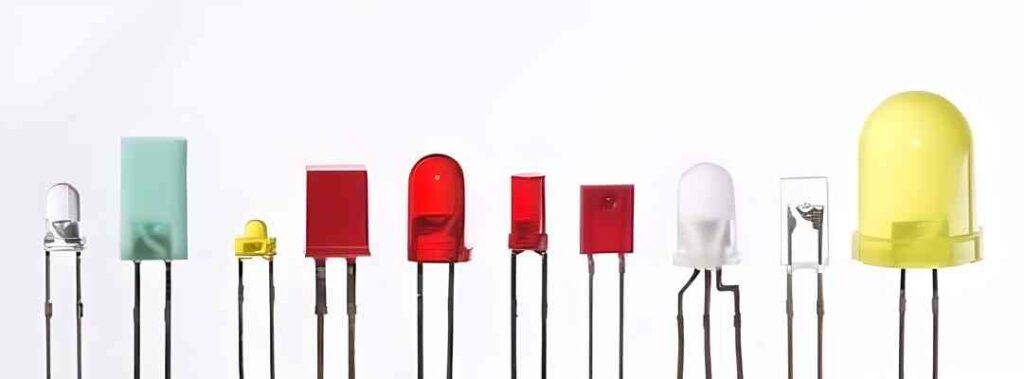
6.) Shockley Diodes
Definition: The Shockley diode is a four-layer (P-N-P-N) semiconductor device. Like the PN-junction diode, It conducts in forward bias and stops conducting in reverse bias. The main difference between a conventional diode and a Shockley diode is, it starts conducting when the forward voltage crosses its breakdown voltage. It is named after its inventor William Bradford Shockley.
Shockley was the first semiconductor device invented which was a PNPN diode. It is equivalent to a thyristor without a gate. Shockley Diode is not widely because of many alternate devices like Diac, Triac, SCR. These devices work on the principle of Shockley diode.
It is a two-terminal device hence it is called diodes. It is used as a switch, it operates in two states either ON or OFF. because of its construction It’s also called PNPN diode.
Image and Symbol of Shockley Diode:
7.) Photodiode:
when light falls on the surface of a photodiode it starts conducting electricity. The photodiodes are connected in reverse bias mode.
The photodiodes are the one which is used to detect light. They are constructed such that they capture energy from photons of light and create a hole electron pair that is responsible for conduction. Photodiodes are not used to generate electricity.
A photodiode is different from solar cells, solar cells are not connected to any power source instead they act as a source. But the photodiodes are connected to a voltage source in reverse bias mode.
Photodiode Symbol:
Showing the symbol of the photodiode and its image.
8.) Gunn Diode:
Gunn diodes are used to build oscillators in order of 10 GHz to high (THz) frequency range.
Gallium arsenide Gunn diodes are made for frequencies up to 200 GHz. Whereas gallium nitride materials can reach up to 3 TeraHertz.
The oscillators made from Gunn diodes are used during radio communications.
Applications like automatic door openers, radar speed guns, and microwave relay data link transmitters use Gunn diode. These are also utilized in military equipment. The basic tachometers consist of this diode.
Gunn diode symbol and image:
9.) LASER Diode
This Diode is not the same as LED, it has a coherent polarized unidirectional light output which is highly concentrated in a small diameter.
Symbol of laser diode:
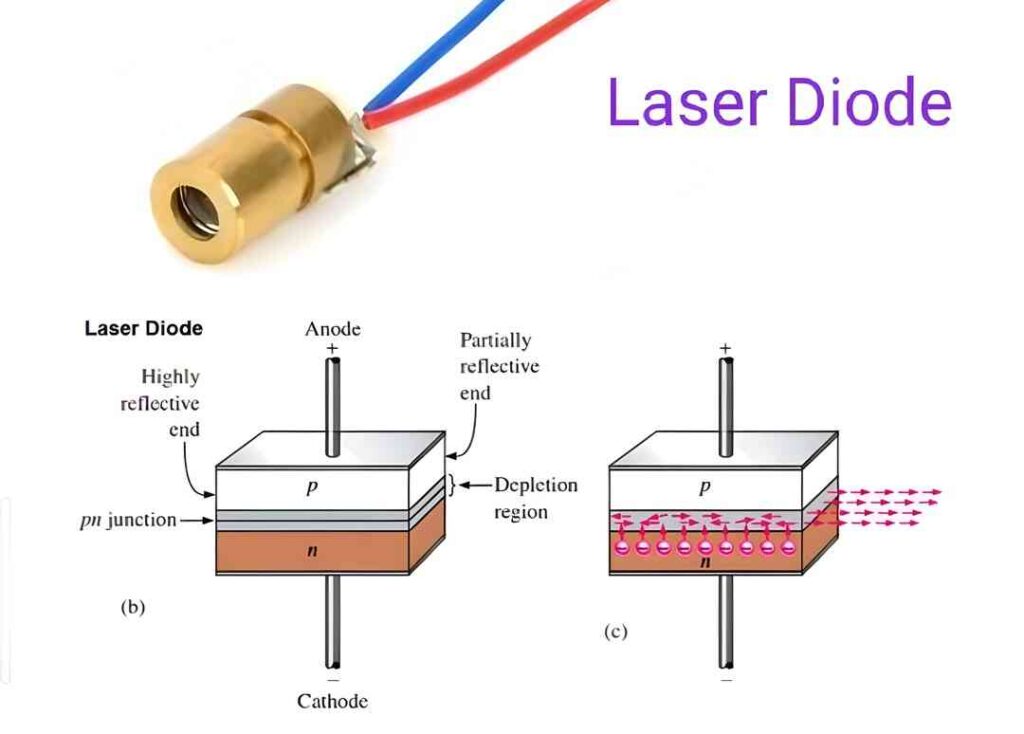
There is response time is very fast. They are used in CD players, barcode scanner, printer fax machines, and laser.
10.) PIN Diode:
The PIN diode is one type of photodiode. It is used to convert optical signals into an electrical signal. The PIN diode consists of three regions P-region, I-region, and N-region. Typically, both the P and N regions are heavily doped. A thick intrinsic layer is present between the p and n regions.
Symbol of PIN diode:
Due to the wide intrinsic area, it acts as a good photodetector, it acts as a fast switch, it is used in high-voltage power electronics.
11.) Fast Recovery Diode
It is a semiconductor device which has a very short reverse recovery time for rectification purpose at high frequency. Fast recovery time is a must for rectification of high-frequency AC signal. this diode is mostly used in rectifiers because it possesses ultra-high switching speed.
During rectification, the AC input signal is applied. The changes in the polarities from positive to negative or from negative to positive is very fast hence the recovery time must be less.
12.) Tunnel Diode (Esaki diode):
The tunnel diode is also known as the Esaki diode. It is a special semiconductor device which shows a property of negative resistance, due to the quantum mechanical effect known as tunneling.
The p-n and regions of tunnel diode are highly doped due to this the junction with if about 10nm wide. This small width allows electrons to tunnel through it, which directly passes through it without having a sufficient amount of energy, this is known as tunneling hence the diode is called a tunnel diode. the conduction band on the n if slightly aligned to the valence band on the p side, due to which both have similar energy levels
Symbol of tunnel diode:
Applications:
- Tunnel diodes are used as a switch, amplifier, and oscillator.
- Since its response time is very fast it is used in high-frequency applications.
- The tunnel diode acts as a logic memory storage device.
- They are used in oscillator circuits and FM receivers.
13.) Step Recovery Diode:
A step recovery diode (SRD) is a semiconductor diode having the ability to generate extremely short pulses. It is also called a snap-off diode, charge-storage diode. It has a variety of uses in microwave electronics as a pulse generator or parametric amplifier.
When diodes switch from forward state to reverse cut-off state, a reverse current flows due to stored charge. This is how the reverse current ceases which characterizes the step recovery diode.
Symbol of Step Recovery Diode
14.) Varicap or Varactor Diode:
the name varicap stands for a variable capacitor. Varactor diode acts as a variable capacitor. Its capacitance varies according to the voltage applies across it. It is operated in reverse bias condition. These types of diodes are used as voltage-controlled capacitors.
Varicap Diode Symbol:
 There are many other types of diodes, we will discuss about them later.
There are many other types of diodes, we will discuss about them later.
various commonly used diodes along with their applications are discussed above. Each diode is unique in its way of representation as well as application.
Which diode did you like most? Comment down your response.
VI Characteristics of Zener Diode, Working and its Applications
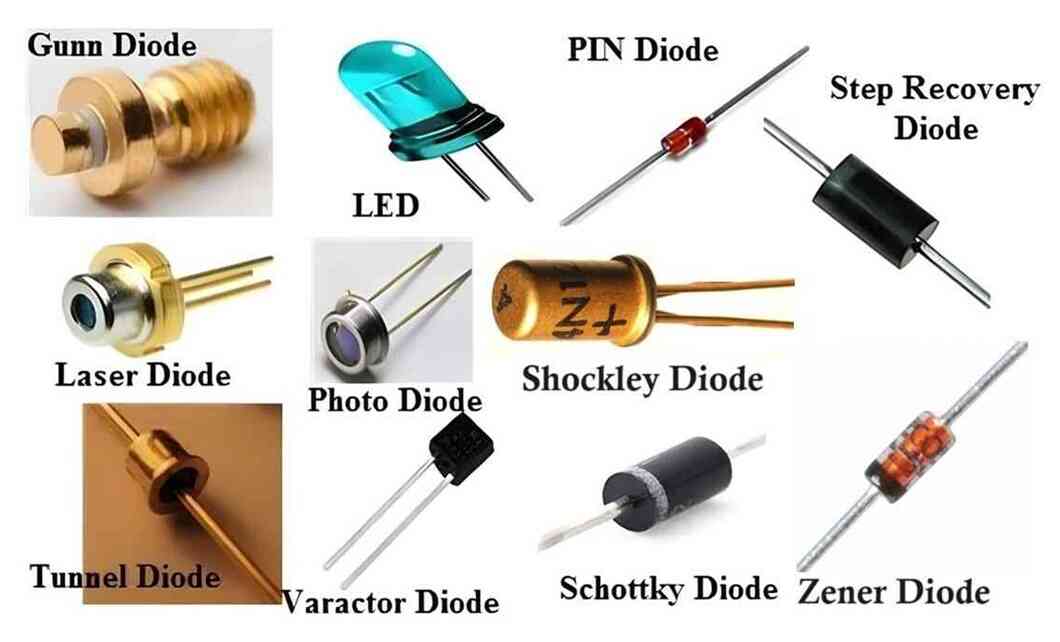
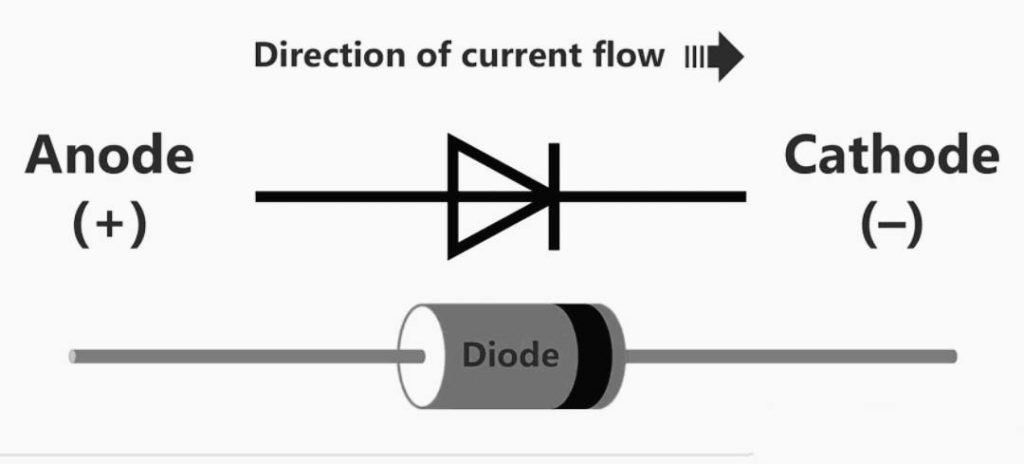
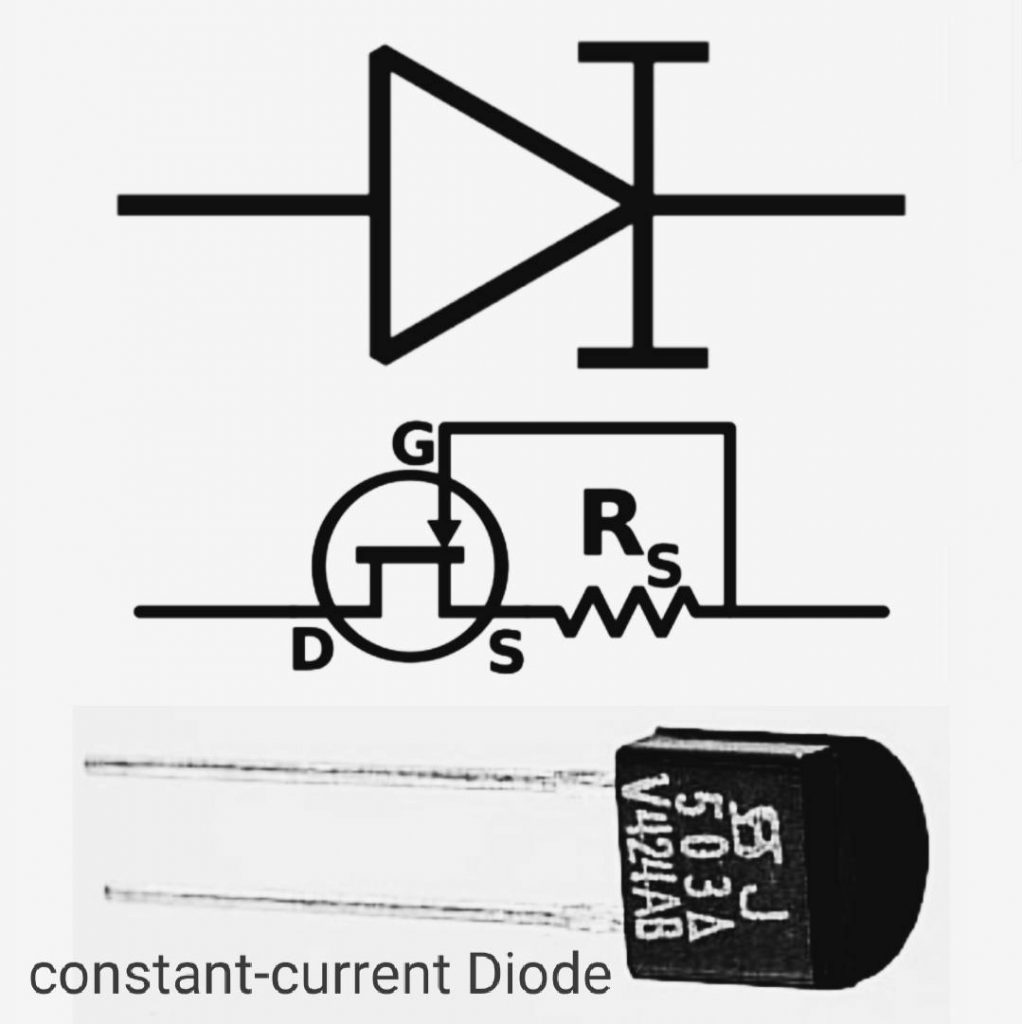

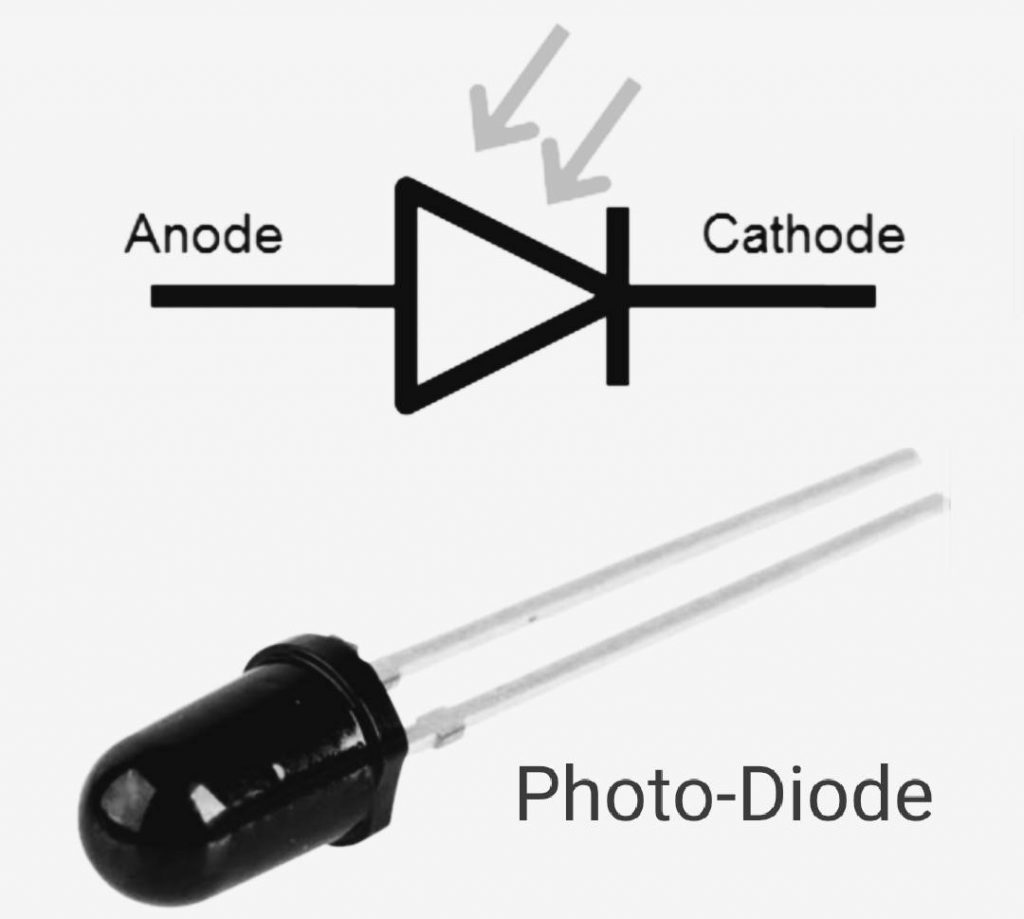


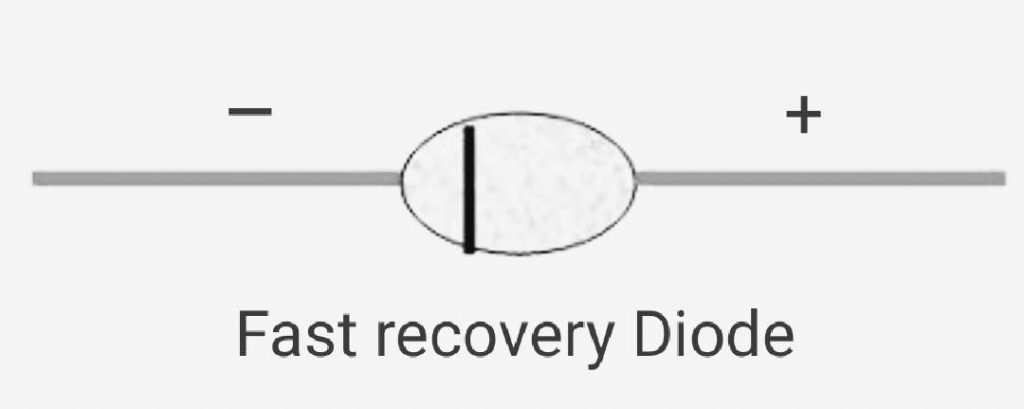
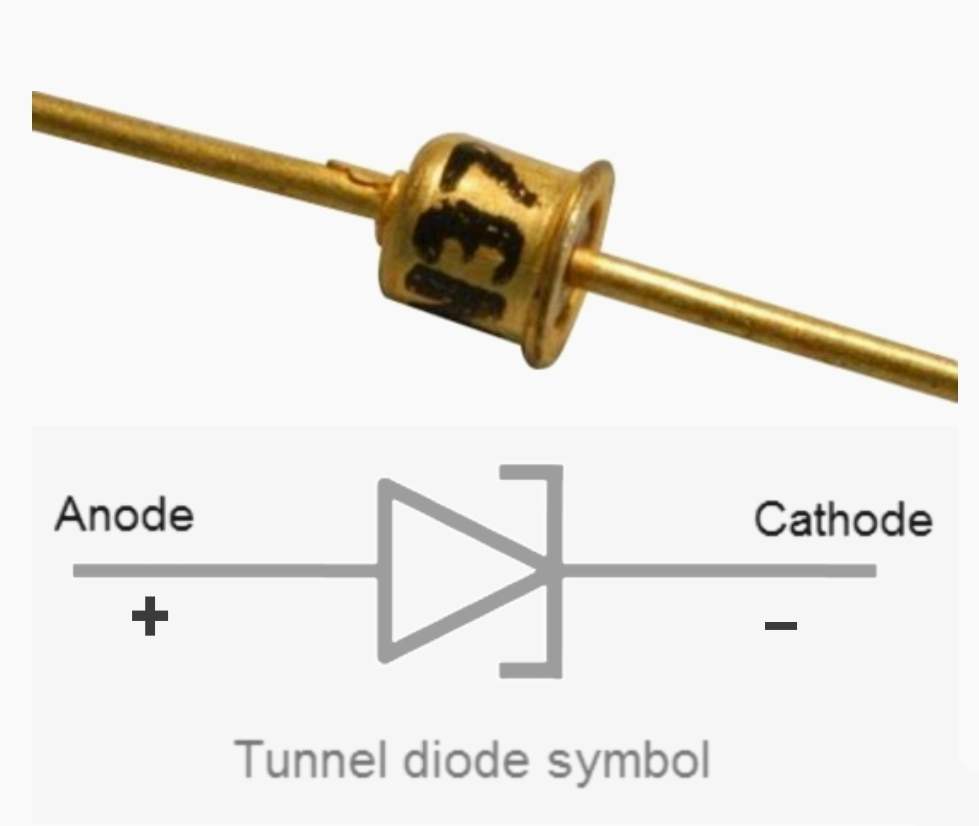
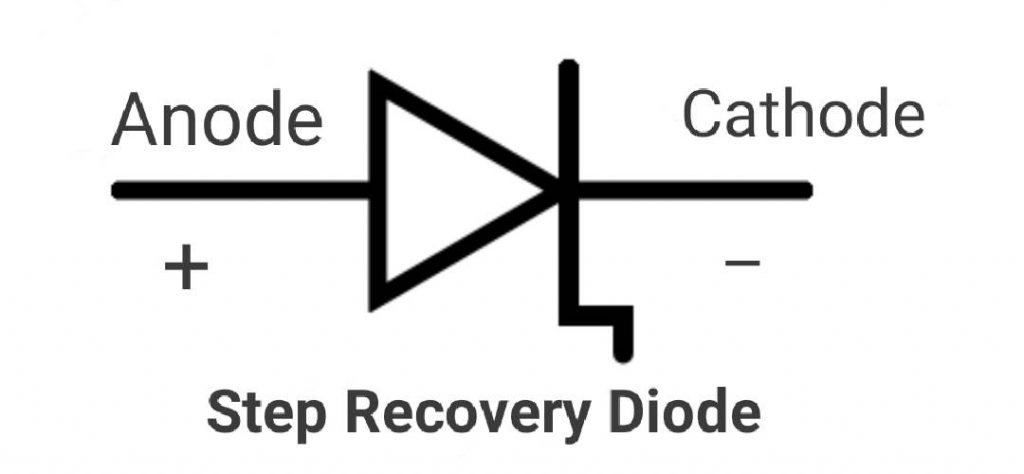
Need more work
Okay thanks for suggesting we are always improving
Educational